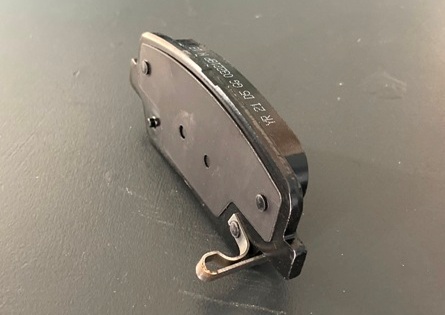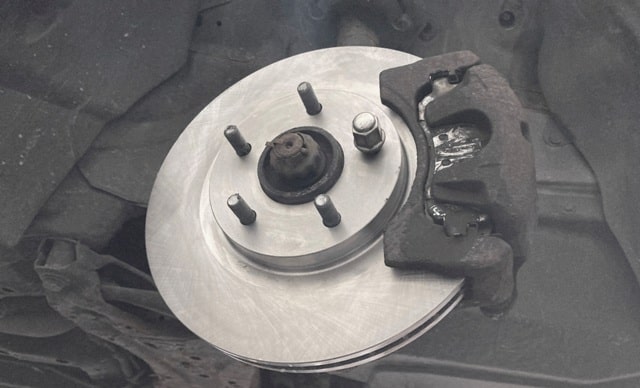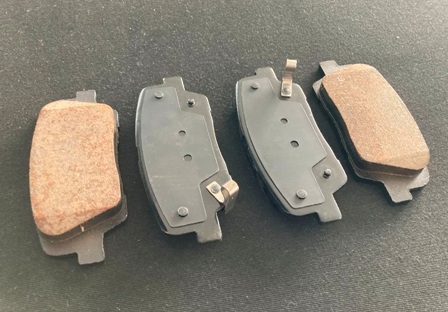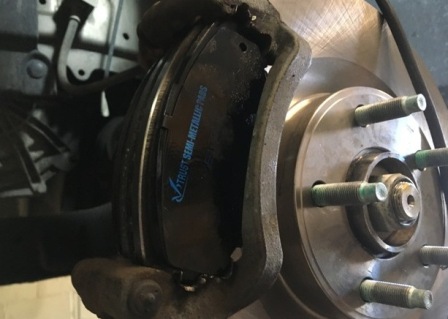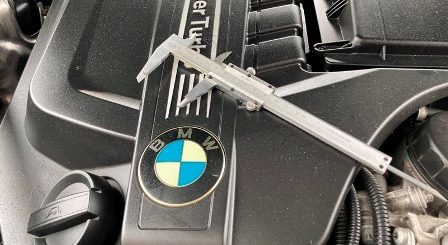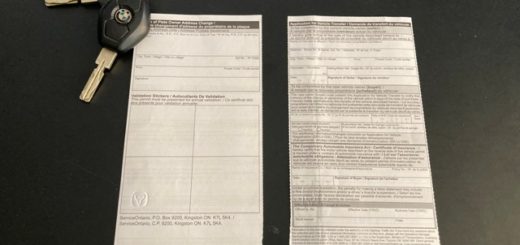How Brake Pads Work and Types of Brake Pads
How Brake Pads Work and Types of Brake Pads: Brakes are most important safety system keeping you and people around you safe on the road. Brake system is designed to safely slow down and stop a vehicle on all weather and terrain conditions.
When first cars were designed, engineers most likely thought just as much about stopping a car as to moving it. There is no point of adding an engine to a car if there are no brakes to stop it.
Early on, they were using a piece of wood grinding against wheels to stop a car, but nonetheless it was a brake system. Once speed went over 20km/h though, wood wasn’t good anymore and modern brake pads system we use today was invented.
Fist mechanical brake system (Drum Brakes) was invented in 1902 by Louis Renault. By1920s hydraulic brake systems were also developed and installed on production vehicles. Disc brakes were available but not used until 1960s, even then disc brakes did not see much use. However, most cars today use disc brake system.
What are Brake Pads
Brake pads are part of disc braking system. Pads are composed of a backing metallic plate with a thick braking material attached to it (a friction pad). Brake pads are mounted on caliper carrier on both sides of brake rotor. There are two brake pads on each wheel braking system. Front brake pads are bigger than rear brake pads and designed to handle bigger loads. Vehicle braking loads are higher in front wheels than rear wheels, your front brakes do most of the braking.
Brake pad material will handle heat and high pressures created by braking at high speeds, highway driving for example. There are different types of brake pad materials which are used on different types of vehicles and applications, including brake pads on airplanes. New brake pad depth is about 12mm. Brake pads should be replaced when braking material thicknesses wears to 3mm or lower.
Brake system works by friction, utilizing a set of brake pads and metallic discs or drums. Friction between brake pads and brake disc will slow down or completely stop a car, depending on how much pressure drive has applied to brake pedal. Brake pads are the crucial element in all this.
Some brake pads have sensors integrated to alert driver when brake pads wear below minimum specifications. More on Brake Pad Wear Sensors.
How Brake Pads Work
Each wheel has a brake rotor (or brake disc). Brake rotor is attached to wheel hub and spins simultaneously with vehicle wheel. Each brake pad sits flat on rotor braking surface area, one pad on each side of brake rotor.
Brake pads are positioned on caliper carrier and can slide in and out. When brake pedal is pressed, pressure created by brake booster and pedal will push brake caliper piston. Caliper piston in turn will press brake pads on both sides of brake rotor, creating friction. Friction between brake pads and brake rotors will slow down the car, or stop it completely.
Drum brakes work on same principle, difference being utilization of brake drums instead of a brake discs. Drum brakes are not utilized for front wheels braking system anymore, decades. Drums are installed only on rear wheels because of smaller braking power required compared to front wheels.
Brake disc system is a superior braking system compared to drum brakes and is used exclusively for front wheels, or all wheels. Inspection, maintenance and part replacement on disc brakes is also easier an less labor intensive than brake drums.
Types of Brake Pad Material
Organic Brake Pads
Initially organic brake pads were made using asbestos. Well, we all know what asbestos does and how that turned out, organic brake pads were invented as a substitute. Organic brake pads have no asbestos in their material.
Brake pads are made using materials like, fibers, fiberglass and other natural materials. Organic brake pads are soft, very quiet, have a high braking ability and low dust. However, due to softer materials organic brake pads will wear out faster and not last as long as other brake pad types.
Semi Metallic Brake Pads
Metallic brake pads have anywhere between 20% to 60% metallic elements on their pad material. Depending on brake pad type, low metallic or semi metallic. Semi metallic brake pads are commonly used on cars today. Most cars from factory have semi metallic brake pads installed.
Metallic brake pads have a high braking ability, do not cost as much as ceramic brake pads, have a long lifespan and are excellent on cold braking conditions. Most sport cars and sport sedan use semi metallic brake pads as standard equipment.
Brake pads made with metallic material are harder on your brake rotors though. Semi metallic material causes high friction between brake pad and rotor, semi metallic brake pads bite hard on brake rotors delivering high braking performance. However, as a consequence brake rotors will be consumed faster.
Dust. Black dust you see on your front wheels which is hard to remove? Yep, that’s metallic brake pads. That’s why most BMWs on the road have heavily dusted front wheels, semi metallic brake pads are installed as OEM equipment.
Ceramic Pads
Ceramic brake pads are made by a mix of ceramic materials and cooper. These brake pads offer a longer lifespan than organic brake pads, will produce less dust and have a quiet operation. However, ceramic brake pads are expensive and need to be warmed up to reach maximum braking performance.
Ceramic brake pads also generate more heat than semi metallic. Copper and ceramic are not good heat adsorbent or heat conductive. Heat will be transferred to brake rotors and can cause premature warping of brake rotors.
Bear in mind if you live in a colder climate, cold performance of ceramic brake pads is not good when cold, or at least not as good as semi metallic brake pads. Takes a bit of time on cold mornings for ceramic brake pads to warm up and deliver maximum performance.
Ceramic pads are more than adequate for daily driving, although braking performance is lower than semi metallic. If you are not worried about cost and paying a bit more, ceramic brake pads are a good choice for day to day normal driving.
Ceramic Brake Pads vs Semi Metallic Brake Pads
ceramic and semi metallic brake pads have their weak and strong points. There is no clear cut answer as performance on both is more than adequate for all applications. As a rule of thumb, is you drive a sports car or like spirited driving (heavy foot) then semi metallic might be your best choice.
On the other hand, if you do mostly just mundane urban commuting, ceramic brake will do the job just fine while delivering a longer lifespan and quieter operation.
(If you are also looking for a fast and easy solution to sell your car, more here on “How To Sell Your Car Fast In Ontario”. )
Comments: If you have any questions related to this post or Used Car Toronto in general, don’t hesitate to use comment section below.


